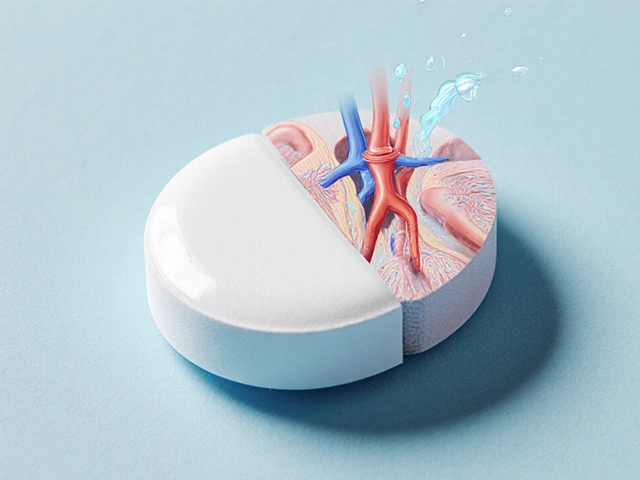Birth control: practical options
It's a set of tools that help you avoid pregnancy, manage hormones, or control periods. Knowing the main options and how they fit your life makes choosing easier.
Hormonal vs non-hormonal
Hormonal methods include the pill, patch, ring, implant, and hormonal IUD. The pill, patch, and ring need attention: take a pill daily, change a patch weekly, or swap a ring monthly. The implant and hormonal IUD are low-maintenance—inserted by a clinician and effective for years. Hormonal methods often reduce cramps and heavy bleeding but can cause mood swings, nausea, or spotting.
Non-hormonal choices include copper IUDs, condoms, diaphragms, and fertility awareness. A copper IUD works for many years and doesn't use hormones, but it may increase menstrual cramping and flow. Condoms protect against pregnancy and most STIs; use them every time if STI protection matters. Fertility awareness requires tracking cycles and signs of fertility—it's free but needs discipline and reliable tracking.
Emergency contraception is a backup, not a regular method. Pills like levonorgestrel or ulipristal acetate can prevent pregnancy after unprotected sex, and a copper IUD can also be used as emergency contraception. Take emergency pills as soon as possible; effectiveness drops with time.
Choosing wisely
Choosing what fits you comes down to three questions: How often do you want to think about it? Do you want hormones? Do you need STI protection? If you hate daily routines, consider an IUD or implant. If you prefer no hormones, look at the copper IUD or condoms. If you need STD protection, condoms are the answer.
Side effects and safety matter. Most people tolerate birth control well, but watch for blood clots, severe headaches, or sudden swelling—these are rare but need immediate medical attention. If you smoke and are over 35, avoid combined hormonal methods (those with estrogen). Talk with a clinician about your medical history before starting something new.
Buying birth control online is convenient but be cautious. Only use licensed pharmacies and avoid sites that don't require a prescription for prescription-only methods. Check reviews, pharmacy credentials, and return policies. For IUDs and implants you need an in-person appointment for insertion.
Talk to your partner and your provider. Be honest about sex frequency, side effect worries, and future pregnancy plans. If cost is a concern, look for community clinics, insurance coverage, or manufacturer programs that lower price.
Finally, review your choice yearly. Your health, relationship status, and goals change, and so might the best method for you. If something feels off, switch—there are options.
Some quick tips: if you're breastfeeding, progestin-only pills, implants, and IUDs are safe options and won't affect milk much. Certain medications like some antibiotics, seizure drugs, and herbal St. John's wort can reduce hormonal contraceptive effectiveness, so tell your clinician about all medicines. If you plan pregnancy soon, stop hormonal methods and talk about fertility timing. Keep a chart or app to track any side effects for months so you and your clinician can decide whether to keep or change the method.




